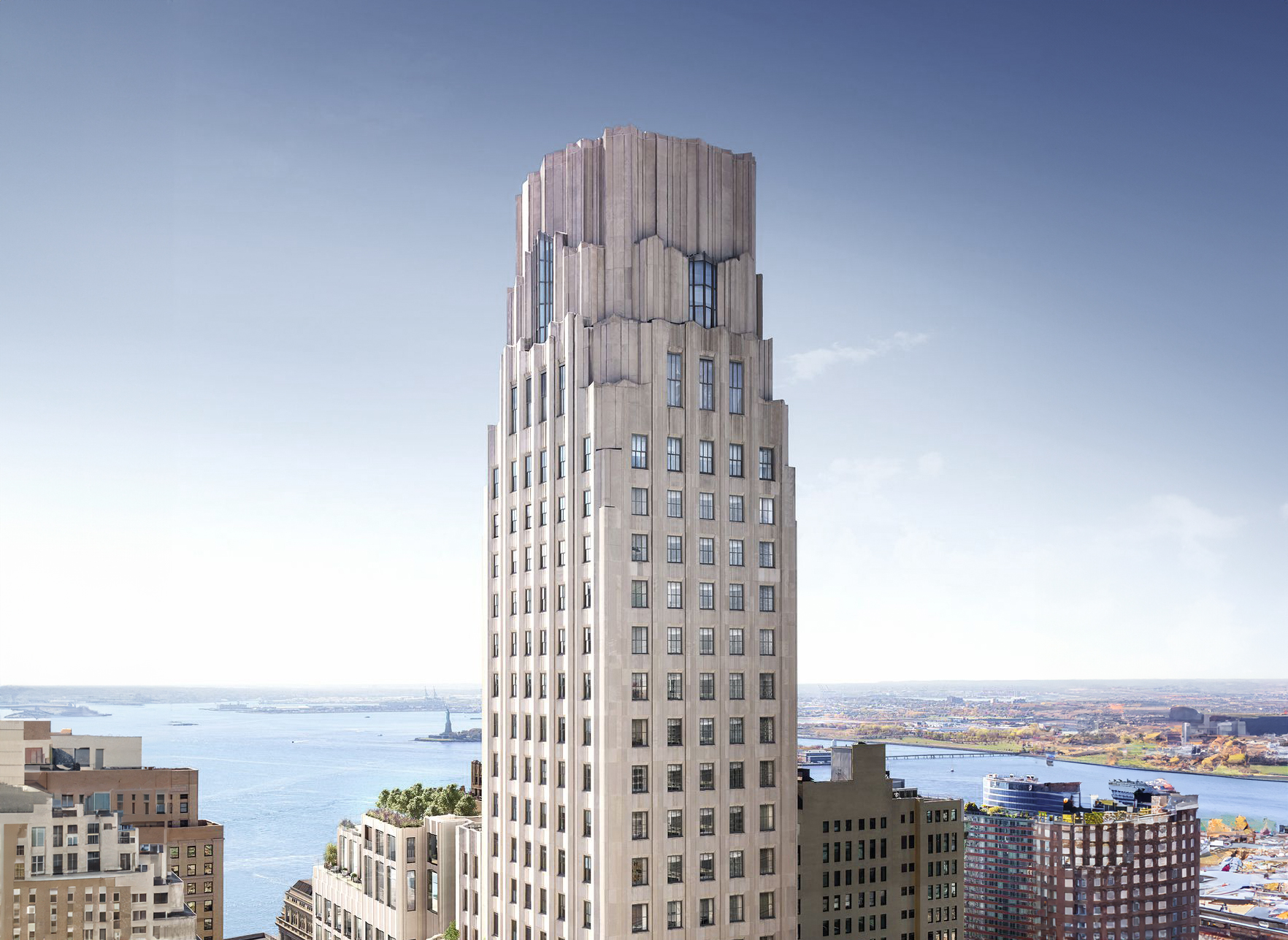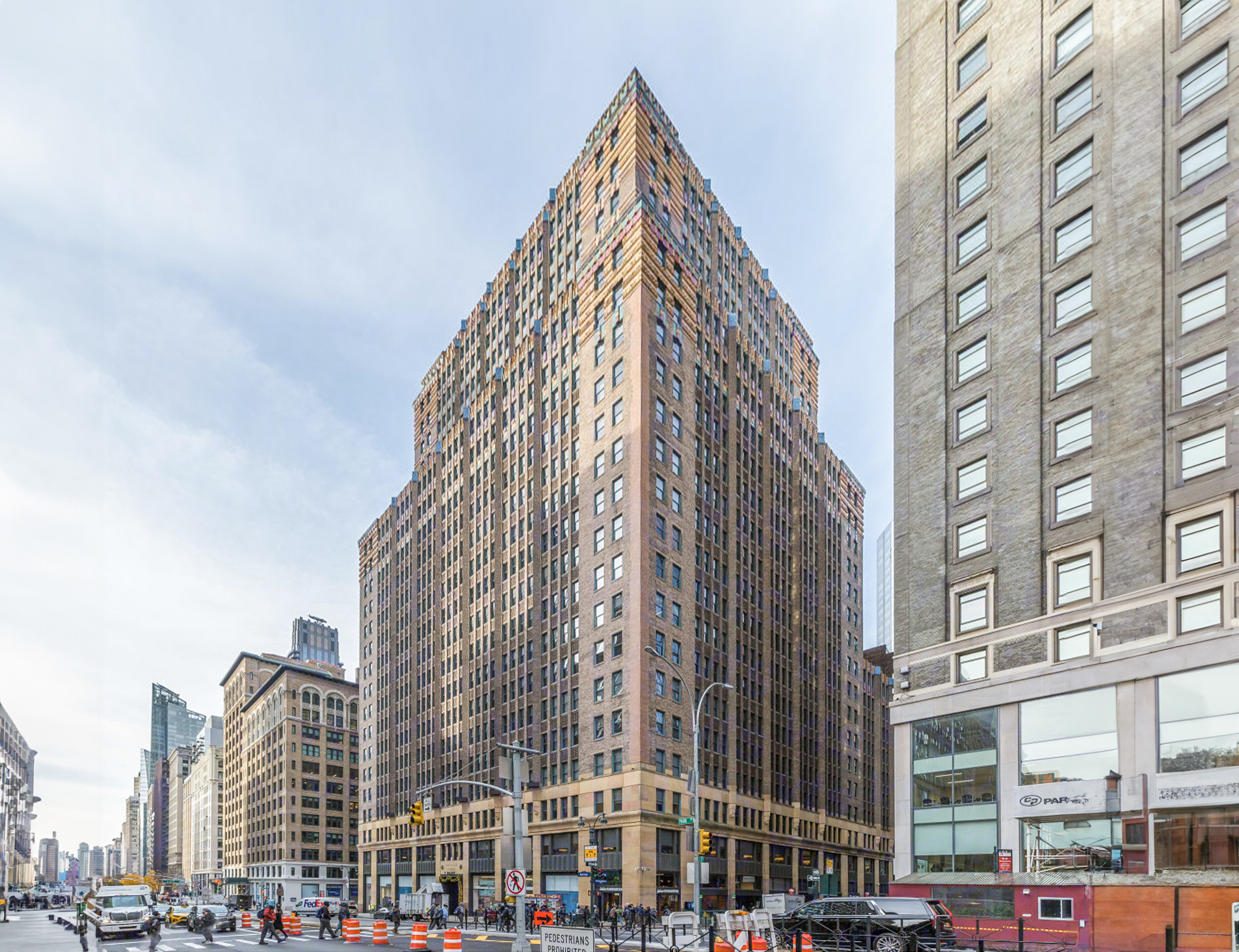The 60 Hudson Street Building is an Art-deco skyscraper designed by Voorhees, Gmelin and Walker , and built between 1928 and 1930 in New York, NY.
60 Hudson Street Building is not the only name you might know this building by though. Between 1930 and 1983 it was also known as Western Union Building.
Its precise street address is 60 Hudson Street, New York, NY. You can also find it on the map here.
The 60 Hudson Street Building is a structure of significant importance both for the city of New York and the United States as a nation. The building embodies the distinctive characteristic features of the time in which it was built and the Art Deco style. Because of that, the 60 Hudson Street Building was officially included in the New York Register of Historic Places on October 1st 1991.





